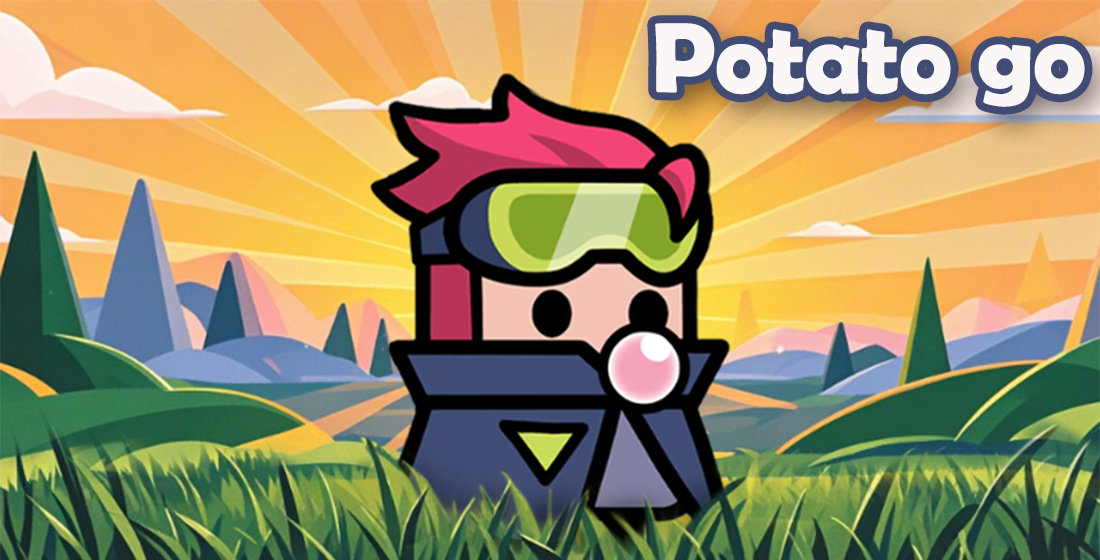Why Indie Games Are Revolutionizing the Building Games Genre
The world of video games is ever-evolving, and amidst the AAA giants flaunting their lavish graphics and vast marketing budgets, indie games have quietly started a revolution. Especially in the building games genre, indie developers are pushing the boundaries and introducing fresh concepts that challenge traditional mechanisms. The question remains: why are these indie games becoming the flag bearers of innovation? Let's delve deeper.
Understanding Building Games
Building games have always captivated gamers of all ages. They allow for personalization, creativity, and exploration. Popular titles like Minecraft and Ark: Survival Evolved have taken this concept to new heights, providing players with almost limitless possibilities. However, the true magic often lies within the vibrant world of indie games.
Indie Games: The New Frontier
Indie games, or independent games, are typically created by individuals or smaller teams without the financial support of major game publishers. These creators often possess a unique vision, resulting in diverse gameplay experiences, intriguing art styles, and stories that resonate with players on a personal level.
The Rise of Indie Developers in Building Games
With limited resources but boundless creativity, indie developers have found a niche in the building games genre, revitalizing traditional gameplay mechanics and introducing new elements that cater to contemporary gamers. For instance, titles like Terraria and Starbound not only allow for building and crafting but also integrate essential RPG elements, making the gameplay multifaceted and immersive.
Major Indie Titles in Building Games
- Terraria: Blending building and exploration in a 2D world.
- Starbound: A space-themed adventure with building mechanics.
- Castle Crashers: Combines beat 'em up action with cooperative building.
- Cave Story: A 3D experience merging story and creative gameplay.
How Indie Games Present Unique Features
When we discuss the cave story 3d game options, many indie developers have begun to incorporate unique features that stand out:
| Game Title | Unique Features | Building Mechanics |
|---|---|---|
| Terraria | Vast open-world; 2D aesthetic | Building intricate structures |
| Starbound | Procedural universe; exploration elements | Planet-based building |
| Castle Crashers | Multiplayer; combat elements | Collaborative building sessions |
The Impact of Community Feedback
Indie developers often build their games based on community feedback. Platforms like Steam and itch.io allow players to leave reviews, suggestions, and even report bugs. This direct line of communication helps developers shape their games in real time, leading to more polished and engaging experiences that resonate with players.
Innovative Game Mechanics Redefining Building
Indie games often take bold risks. The introduction of intricate crafting systems, environmental challenges, and survival elements diversifies the gaming experience. For instance, in Ark: Survival Evolved, which saw its game release date in August 2017, players must gather resources to build shelters while defending themselves against dinosaurs. This survival aspect adds tension and excitement, turning simple building into a thrilling experience.
Exploring the Aesthetic Appeal
While graphics are essential, the art style and aesthetic of indie games often play a crucial role in the player experience. Games like Fez and Stardew Valley showcase that a unique or retro art style can elevate a game's allure, creating an atmosphere that enchants players.
Collaborative Elements in Building Games
Many modern players enjoy multiplayer functionalities, where they can create alongside friends. Indie developers have embraced this, allowing teammates to build, explore, and conquer together. This social aspect adds a layer of fun and engagement.
Learning from Indie Game Experiences
Indie games often prioritize creativity over perfection. They encourage experimentation. Such experiences make players think outside the box, pushing the boundaries of their imaginations. This cultural shift influences even major studios to rethink game mechanics and player engagement.
Future of Building Games: What Lies Ahead?
The future looks bright for the building games genre, thanks to the innovation pouring into it from indie developers. As technology advances and player preferences evolve, we can expect to see even more diverse gameplay styles, ecosystems, and creative building options designed by passionate independent creators.
Conclusion
The building games genre stands at a turning point, thanks to the revolutionary ideas brought forth by indie developers. Their willingness to embrace creativity and introduce new gameplay mechanics has reshaped this beloved category in ways that major studios often overlook. Whether by creating mesmerizing worlds or instilling deep narratives, indie games are not just changing the building games genre—they are redefining what it means to play and create in the gaming world.



